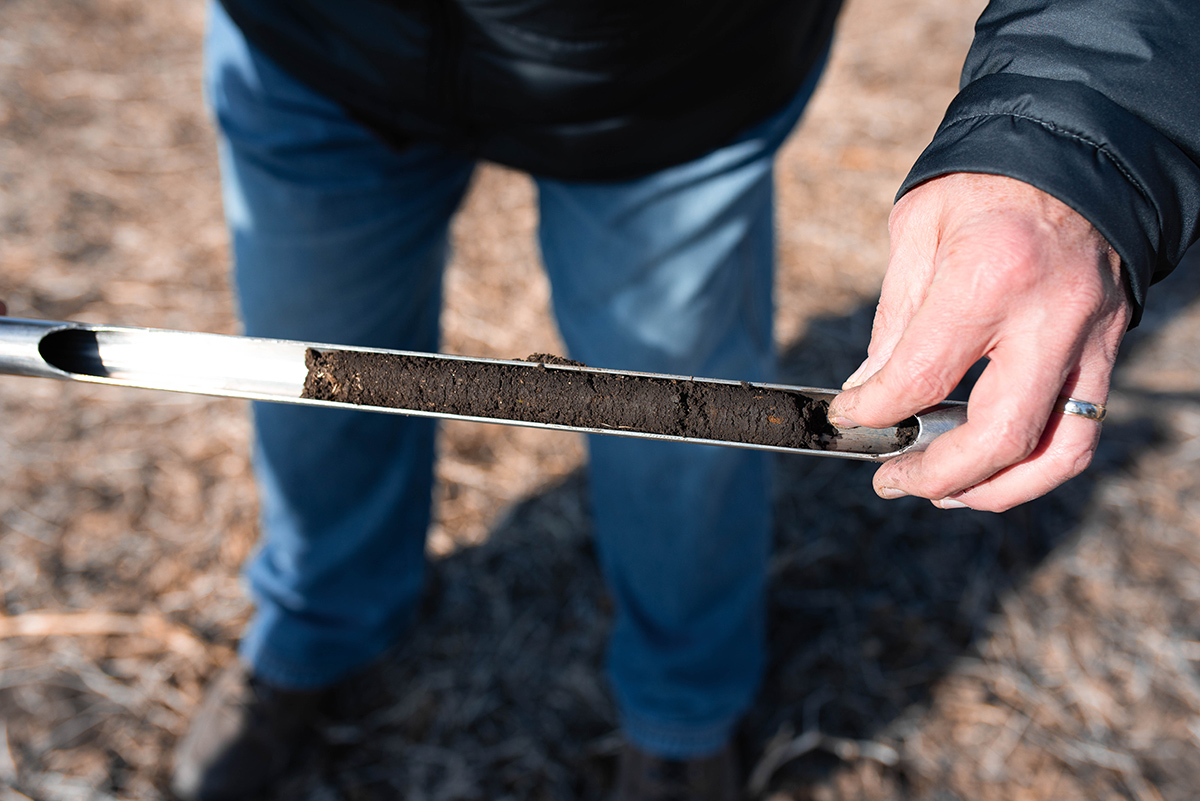
The Iowa Soybean Association and Iowa State University are collaborating this fall to survey Iowa farm fields for soybean cyst nematodes. (Photo: SCN Coalition).
Identify SCN this fall protect yields for next year
October 6, 2022 | Kriss Nelson
To help combat a pest that is costing Iowa farmers more than 50 million bushels a year, the Iowa Soybean Association’s (ISA) Research Center for Farming Innovation (RCFI) has announced a collaboration with Iowa State University (ISU) to survey to understand Soybean Cyst Nematode (SCN) infestation populations on farms in Iowa in 2022.
“The clout ISU brings, the respect they have as well as the respect ISA has, collaborations like this have a lot of meaning, and results can be used and utilized across the state of Iowa,” says Joe McClure, RCFI co-director of on-farm research for ISA.
ISA is looking for 50 farmers to participate in fall soil sampling for SCN population numbers in their fields.
“Understanding the severity of SCN is the first step to understanding what a person can do to help minimize the impact,” says McClure.
The soil will be analyzed at ISU then ISA will take the results back to the farmer with management guidelines provided through ISU literature.
“Many farmers may have never tested their fields for SCN or haven't sampled fields recently to know what numbers are present,” says Greg Tylka, ISU nematologist. “This survey is designed to help farmers start actively managing this multi-million dollar pest.”
Information found in the SCN survey will lead to management trials in 2023.
Management trials, McClure says, will include the study of seed treatments and SCN-resistant genetics. Trials will be conducted utilizing two trial designs. ISU will conduct theirs on a smaller plot scale, and ISA will be on a larger scale with in-field strip trial settings.
“Between the two trial designs, we will be able to expound a lot more information and get a bigger impact on which management technique or product has the biggest benefit,” says McClure. “We will be able to cover a lot more acres and learn more by combining the two trials.”
SCN is the single most damaging pest to soybeans. More information on managing SCN can be found by visiting the SCN Coalition website.
Back